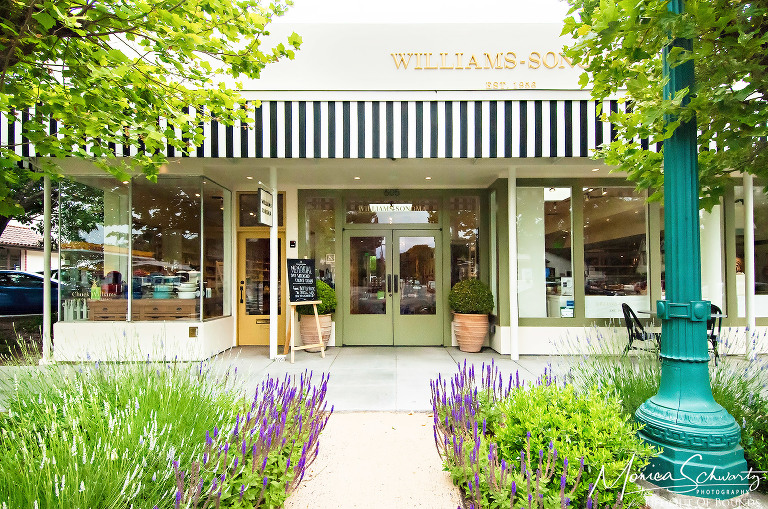At last night’s Sonoma City Council meeting my appeal of the Planning Commission’s approval for a use permit allowing Williams-Sonoma to hold 15 events with as many as 80 guests in the garden at their retail location was upheld. This decision has an effect on Williams-Sonoma, of course, though no effect on their current operations which can continue exactly as they are. The true impact of last night’s decision, however, has little to do with Williams-Sonoma and everything to do with rules and proper planning.
Proper planning requires definitions, rules and standards. In evaluating the Williams-Sonoma application, the Planning Commission had none to lean on, and in the words of its Chairman Bill Willers, was put in the position of “making up the rules.” He felt uncomfortable with that and so did I. Twelve years as a city council member taught me the value of having rules in place before making major decisions which might affect the city for generations. Rules are made by the elected City Council, not the appointed Planning Commission or hired City Staff, and we govern by the rule of law, not by the rule of whim. Gratefully, the City Council unanimously agreed.
The issues triggered by this application were many; the role of CalTrans in granting encroachment permits on the public highway, conformance with the Americans with Disability Act (ADA) provisions, noise assessments, impacts on nearby residences, the definition of “events” in a retail setting and the meaning of “third party” relationships, among others.
I don’t entirely blame Williams-Sonoma or the City of Sonoma for this situation; culture and technology change so quickly that they often leave existing rules behind and inadequate. This was one of those moments, and the council wisely chose to slow things down and set its house in order before proceeding with this type of activity. Once an amendment to the Development Code with applicable standards, rules and conditions is created and approved, applications can be submitted, evaluated and processed in a orderly fashion, and Williams-Sonoma can reapply under those new standards if it so chooses. The representative of Williams-Sonoma clearly understood this when he told the council, “Tell us what and how you want us to do it, and we will.”
All benefit from this approach. Businesses will know what they have to do to meet the regulations, Planning Commissioners will have what they need to evaluate applications, and the citizens will know rules have been created by those whom they elect to represent the community into the future. This is why last’s nights’ action was not entirely about Williams-Sonoma, and certainly not about who likes or does not like that company. It appeared everyone at the meeting likes Williams-Sonoma having a store in Sonoma, and being a life-long cook, that includes me.
